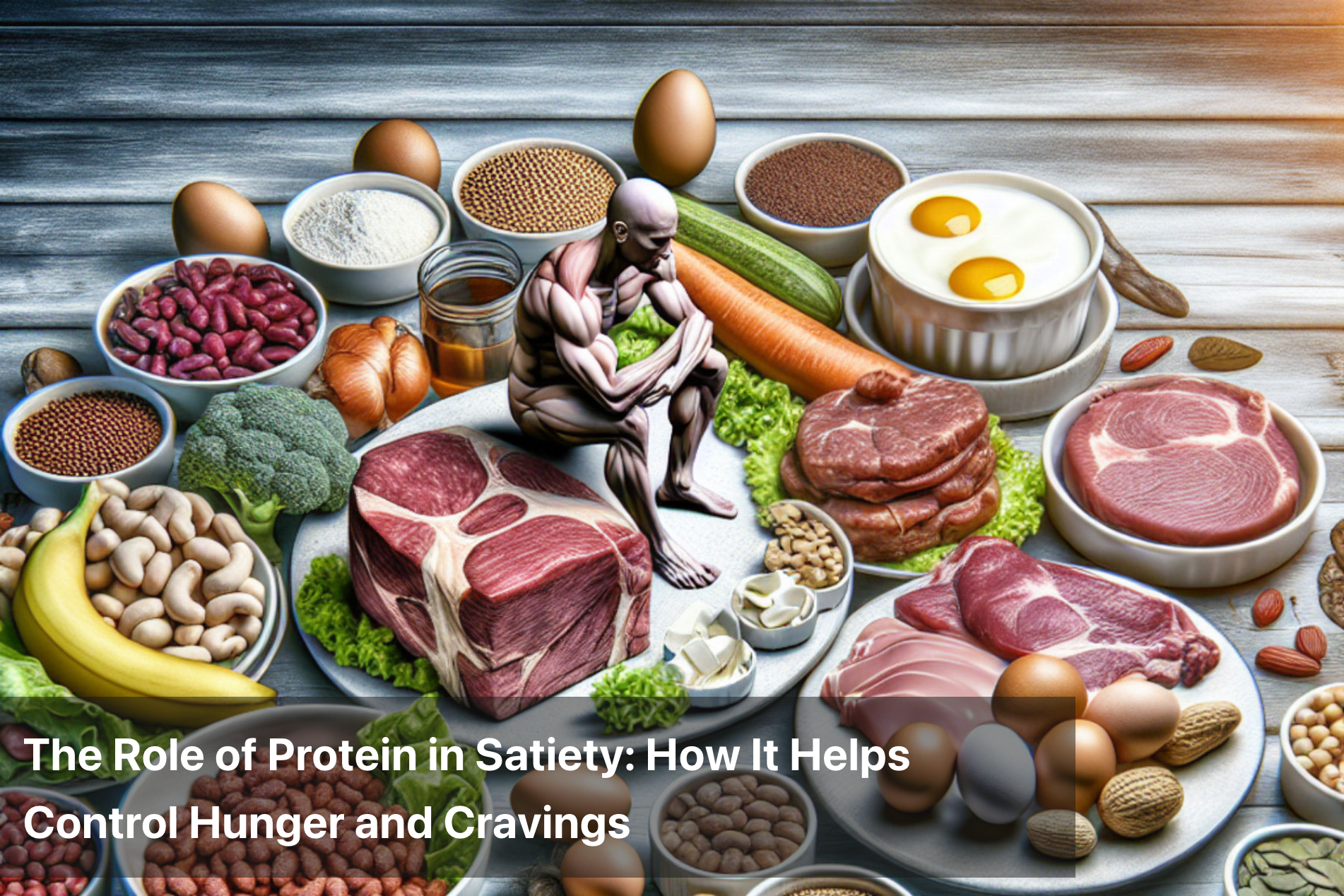
The Role of Protein in Satiety: How It Helps Control Hunger and Cravings
Managing hunger and reducing cravings are two of the most critical elements of maintaining a healthy diet, especially when pursuing weight loss or blood sugar stability. Protein plays a powerful role in influencing satiety—the feeling of fullness that helps regulate food intake. While carbohydrates and fats also contribute to energy, protein is uniquely effective in curbing appetite, promoting longer periods of satisfaction between meals, and reducing the tendency to overeat.
This makes protein a cornerstone nutrient for anyone seeking better control over their eating habits, whether for fat loss, metabolic health, or general wellness.

Why Do We Feel Hungry All the Time? Common Causes
Hunger isn't only driven by energy needs. It can also be triggered by hormonal imbalances, emotional states, poor sleep, and nutrient deficiencies. Understanding the root causes of persistent hunger is essential to managing it.
One common factor is consuming meals high in refined carbohydrates and low in fiber or protein. These meals cause rapid spikes in blood sugar followed by quick drops, leading to rebound hunger and cravings. Another major contributor is lack of sleep, which disrupts hunger-regulating hormones like ghrelin and leptin. Chronic stress can also play a role by increasing cortisol, which may promote emotional or binge eating.
Hormonal imbalances, such as insulin resistance or polycystic ovary syndrome (PCOS), can cause intense cravings, especially for sugar and processed foods. Identifying these triggers is the first step toward making smarter dietary choices that improve satiety.
How Protein Affects Satiety and Cravings
Protein influences satiety through multiple physiological mechanisms. It slows down digestion, helping food stay in the stomach longer and releasing a steady stream of energy into the bloodstream. This prevents sudden dips in blood sugar that often cause cravings, especially for sugary snacks or fast food.
It also affects hormones related to hunger and fullness. Protein-rich meals stimulate the release of peptide YY (PYY), GLP-1, and cholecystokinin (CCK)—hormones that promote a sense of fullness. At the same time, they reduce levels of ghrelin, the hormone that signals hunger. As a result, people tend to feel full faster and for longer periods when they eat higher-protein meals.
These hormonal effects make protein not just a nutrient for muscle repair but also a vital regulator of appetite and eating behavior.
Symptoms of Poor Satiety and Low Protein Intake
Not getting enough protein or having unbalanced meals can result in chronic hunger and difficulty managing weight. Common symptoms include:
-
Feeling hungry again soon after eating
-
Frequent snacking, especially on high-carb or sugary foods
-
Mood swings or irritability between meals
-
Energy crashes in the afternoon
-
Difficulty sticking to a calorie deficit or weight loss plan
-
Strong cravings for junk food, especially at night
These signs often go unnoticed but may indicate that the body is lacking adequate protein or nutrient-dense foods needed to regulate appetite.
High-Protein Foods That Help Curb Hunger
Incorporating a variety of high-protein foods into each meal can greatly enhance fullness and reduce overall calorie intake without feelings of deprivation. Animal-based and plant-based options can both be effective if chosen wisely.
Some of the best hunger-fighting protein sources include:
-
Eggs: High in quality protein and nutrients like choline that support brain function
-
Greek yogurt: Dense in protein and probiotics for gut health
-
Chicken breast or turkey: Lean meats that provide protein with minimal fat
-
Paneer or cottage cheese: Slow-digesting casein protein that helps you feel full longer
-
Lentils and chickpeas: Rich in both protein and fiber, ideal for plant-based diets
-
Tofu and tempeh: Versatile soy-based proteins that are complete and satisfying
-
Protein shakes: Convenient for post-workout recovery or a quick, filling snack
Sample Day of High-Protein Meals for Satiety
Planning meals that balance protein with fiber and healthy fats ensures long-lasting fullness and better appetite control. Here’s a sample day structured to manage hunger and reduce cravings:
|
Meal |
Example |
Protein (grams) |
Satiety Boosters |
|---|---|---|---|
|
Breakfast |
Scrambled eggs with spinach and whole grain toast |
20g |
Fiber + healthy fat (olive oil) |
|
Lunch |
Grilled chicken quinoa bowl with avocado |
30g |
Fiber + healthy fat |
|
Snack |
Greek yogurt with chia seeds |
15g |
Probiotics + fiber |
|
Dinner |
Paneer tikka with stir-fried veggies |
35g |
Antioxidants + spices |
Distributing protein intake evenly throughout the day helps regulate appetite more effectively than front-loading or skipping meals.
The Thermic Effect of Protein and Its Link to Hunger Management
Protein has a higher thermic effect of food (TEF) compared to fats or carbohydrates, meaning the body burns more calories digesting and metabolizing it. This increased energy expenditure further supports satiety, as it extends the time the body spends processing the meal.
This metabolic demand also contributes to a sense of satisfaction post-meal, reducing the urge to continue eating or snack excessively. It’s one of the reasons high-protein diets are associated with better weight control and lower body fat percentage.

Emotional and Psychological Benefits of Protein-Rich Meals
High-protein meals not only support physical satiety but also emotional well-being. Stable blood sugar levels resulting from balanced meals help maintain mood, focus, and decision-making—reducing emotional eating and impulsive food choices.
People often report fewer cravings and a stronger sense of control over their eating when they increase their protein intake. This empowers long-term adherence to healthy habits without relying on willpower alone.
Summary
Protein plays a fundamental role in appetite regulation by influencing key hormones, slowing digestion, and increasing feelings of fullness. A diet that emphasizes high-protein foods across meals can help reduce cravings, manage hunger more effectively, and support sustainable weight control. Recognizing the signs of low protein intake and addressing the root causes of poor satiety allows individuals to take proactive steps toward a healthier, more satisfying diet.
Lofoods offers a wide range of low-carb, high-protein food options that align perfectly with these goals—making it easier than ever to nourish your body, manage hunger, and stay on track with your wellness journey.
This Blog post is an initiative by Lo! Foods, to provide accurate and Nutritionist / Doctor approved information related to Health. Lo! Foods is India's leading brand for Everyday Functional Foods. Foods designed for specific Health conditions or Needs. Lo! Foods also runs India's largest range of Low Carb Healthy Cloud Kitchens, under the brand names of Lo!, ProteinChef, ATH (All Things Healthy) and DiabeSmart.



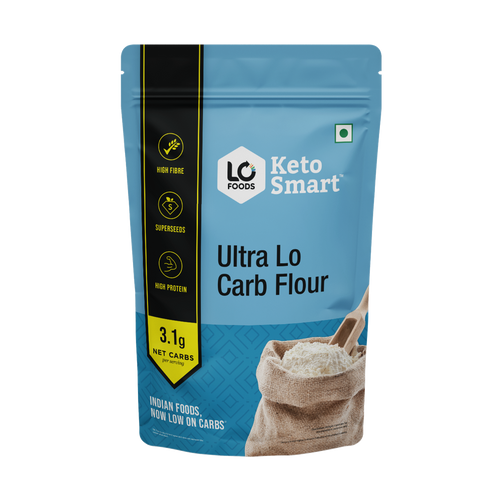
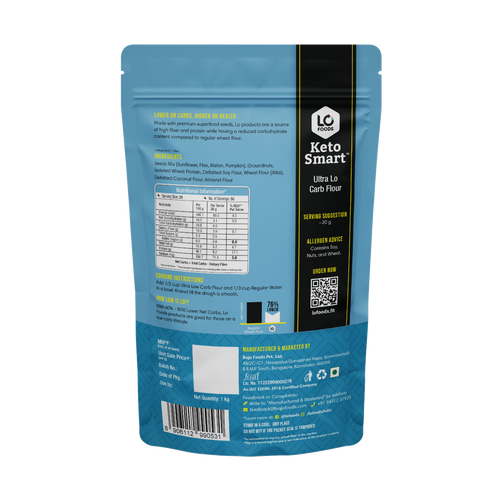
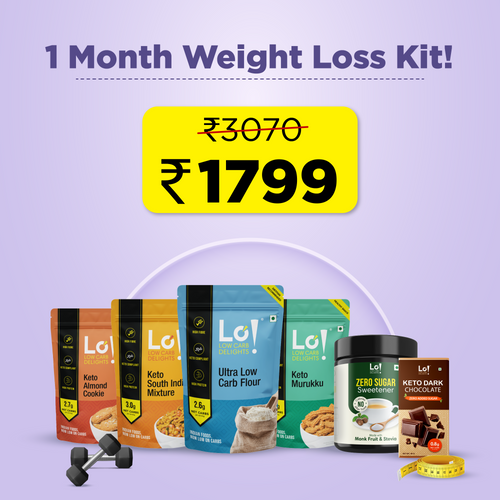
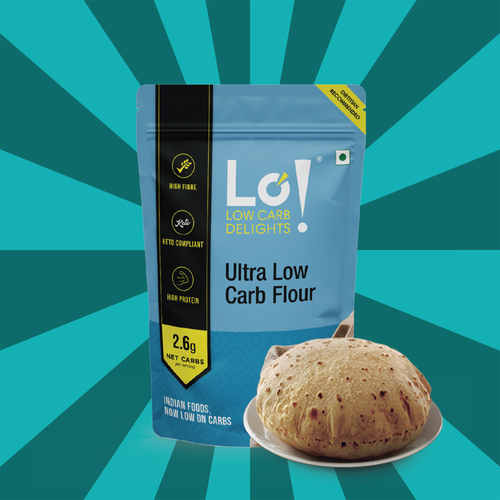
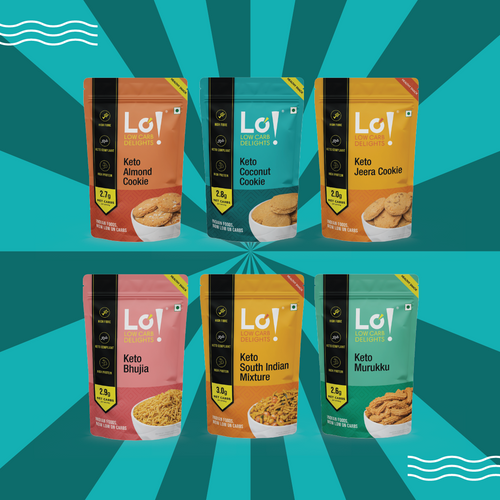







Leave a comment
Your email address will not be published.